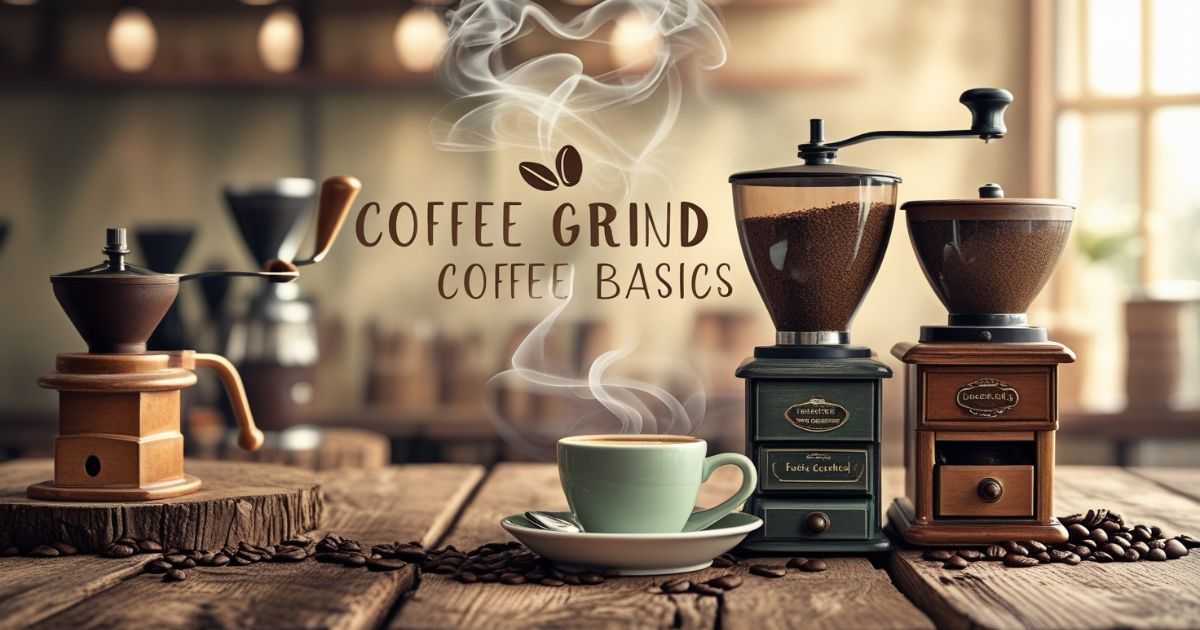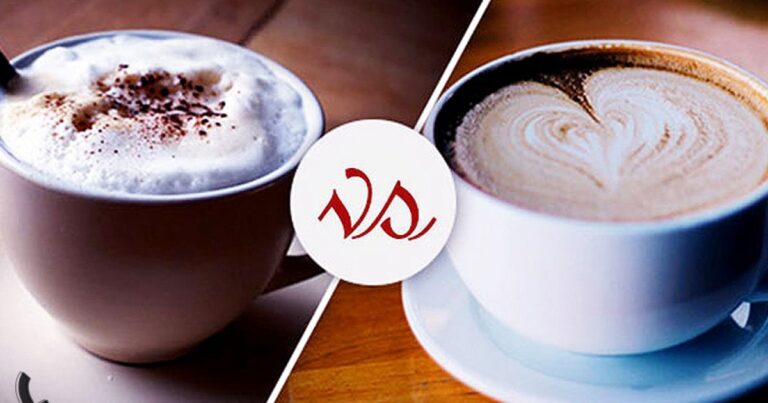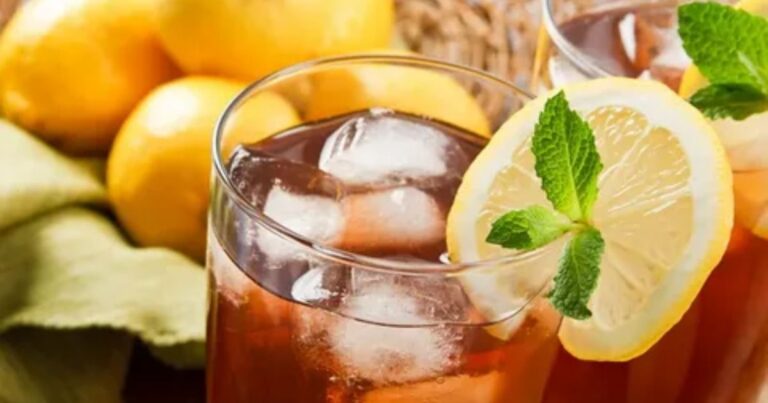Coffee Grind Basics: A Complete Guide for Perfect Brews
The grind size of coffee plays a crucial role in brewing a flavorful cup. Understanding the basics of coffee grinds helps unlock the true potential of your beans. The size of the grind directly influences how water interacts with the coffee during brewing, impacting both flavor and aroma.
From a coarse grind for a French press to a fine grind for espresso, the right choice ensures the best extraction, delivering a balanced and aromatic brew. Mastering coffee grind basics is essential for achieving the perfect coffee grind that matches your brewing method.
Coffee brewing essentials also depend on the consistency of the grind. Uneven grinds can lead to under-extraction or over-extraction, spoiling the taste. A consistent grind allows the water to extract the right flavors, enhancing the richness of your coffee.
Why Coffee Grind Matters
The size of your coffee grind has a direct impact on coffee extraction and brewing time. A finer grind allows water to pass through more slowly, extracting rich and bold flavors, while a coarser grind speeds up the flow, resulting in a lighter and milder taste.

Understanding this grind size impact helps ensure the coffee is neither too bitter nor too weak. Each brewing method, like espresso or French press, relies on a specific grind size to achieve the desired flavor profile.
Brewing science shows that the balance of flavor comes from how water interacts with the coffee grind during brewing. Too fine a grind can lead to over-extraction, causing a bitter taste, while a grind that’s too coarse may result in under-extraction, leaving the coffee sour or flat.
Choosing the right grind size ensures optimal coffee extraction, enhancing both the aroma and the taste of every cup.
Types of Coffee Grinds
Brewing the perfect cup starts with understanding the different coffee grind types. Each grind size plays a unique role in how the water extracts flavors from the coffee. Extra-coarse grinds, with their large, chunky pieces, are ideal for slow methods like cold brew.
A coarse grind, resembling sea salt, works best for French press, allowing the coffee to steep without over-extraction.

For drip coffee makers, a medium-coarse or medium grind delivers balanced flavor, while a medium-fine grind suits pour-over methods for better control. Espresso machines require a fine grind for proper pressure and extraction, and extra-fine grinds, like powdered sugar, are essential for Turkish coffee.
Choosing the right grind size ensures your brewing method highlights the coffee’s best qualities.
Choosing the Right Grind for Your Brew Method
The brewing method you choose determines the grind size needed to bring out the best flavor from your coffee.
- For a French press, a coarse grind is perfect as it prevents over-extraction while allowing the coffee to steep properly.
- A medium grind works well for drip coffee makers, providing a smooth extraction without clogging the filter.

- Espresso machines rely on a fine grind to create the pressure needed for a rich, bold shot.
- For a stronger and more intense brew like Turkish coffee, an extra-fine grind is essential, as it blends completely into the water during brewing.
Using the right grind ensures the perfect balance of flavor and aroma for each brewing method.
Tools to Achieve the Perfect Grind
Achieving the perfect coffee grind starts with using the right tools. A coffee grinder guide often highlights two main types: manual and electric grinders.
- Manual grinders are portable, affordable, and great for smaller batches, but they require effort.
- Electric grinders are quicker and more consistent, making them ideal for regular coffee drinkers who want convenience.

The debate of burr grinder vs blade grinder focuses on grind quality.
- Blade grinders are budget-friendly but tend to produce uneven grinds, affecting flavor.
- Burr grinders, often considered the best coffee grinders, offer precision and consistency, ensuring each grind matches your brewing method.
Choosing the right grinder depends on your needs, but consistency is key to unlocking great coffee.
How to Test Your Coffee Grind
Testing the grind size is essential to brewing a perfect cup. To test coffee grind consistency, rub a small amount of the grind between your fingers. It should feel uniform without noticeable chunks or powder, depending on the grind size required. Uneven grinds can lead to issues like over-extraction, which tastes bitter, or under-extraction, leaving the coffee sour.

Pay attention to the taste of your brew. If the coffee feels too strong or harsh, the grind may be too fine. If it tastes weak or flat, the grind could be too coarse.
Use these coffee brewing tips to adjust the grind size gradually until the flavor matches your preference. Consistency is the key to getting the best from your coffee.
Common Mistakes and How to Avoid Them
One of the most common coffee grind mistakes is over-grinding or under-grinding. Over-grinding creates a powdery texture that can lead to over-extraction, making the coffee bitter.
On the other hand, under-grinding leaves the pieces too large, causing weak and sour flavors. Avoid these issues by matching the grind size to your brewing method and testing for consistency.

Another common problem is using the wrong grind size for your brewing equipment. For example, a French press needs a coarse grind, while an espresso machine requires a fine grind.
Regular cleaning of your grinder is also essential to prevent leftover grounds from affecting the taste of your coffee. These simple steps can help with grind troubleshooting and reduce common coffee brewing errors.
Expert Tips for Perfect Coffee Grinds
To keep your coffee fresh and flavorful, store coffee beans in an airtight container, away from light, heat, and moisture. Fresh beans are essential for achieving the best grind and flavor, especially when preparing your favorite brew, such as a shot of espresso.

Knowing how many ounces in a shot of espresso (typically one ounce) can help you measure your grind and extraction perfectly. Proper storage helps maintain the oils and aroma crucial for brewing a rich cup.
Regular maintenance of your grinder is another key to consistent results. Clean your grinder often to remove leftover grounds that can affect flavor.
For expert coffee brewing, experiment with different grind sizes to match your preference, ensuring the perfect balance for your espresso or any other brew. These grind adjustment tips allow you to fine-tune your brewing process for the ideal cup.
Conclusion: Mastering Coffee Grind for Perfect Brews
Understanding coffee grind basics is essential for unlocking the true potential of your coffee. The grind size determines how water extracts flavor, affecting the richness and aroma of your brew. Choosing the right grind size for your brewing method, whether coarse for a French press or fine for espresso, is the first step toward a perfect coffee cup.
Experimenting with grind sizes allows you to discover the flavor profile that matches your taste. Small adjustments can make a big difference, helping you in mastering coffee grinds for consistent results. With practice and the right tools, every cup can become an enjoyable and flavorful experience.
FAQs
Which coffee grind is best?
The best coffee grind depends on the brewing method, but a medium grind is versatile and works well for most types, including drip coffee makers and pour-over systems. It has a balanced texture, similar to sand, allowing optimal flavor extraction. This makes it a popular choice for everyday brewing.
What is the difference between coffee grounds and coffee grinds?
The noun “grinds” refers to the size or texture of coffee particles, like coarse, medium, or fine. Coffee grounds are the actual granules left after grinding the beans. The key difference lies in “grinds” describing size and “grounds” referring to the physical particles.
Is coffee ground or grind?
The term grind refers to the process of grinding coffee beans. Grounds are the result of grinding, the small particles you use for brewing. Both terms are connected but refer to different aspects of coffee preparation.
What does grind mean in coffee?
In coffee, grind refers to the process of breaking coffee beans into smaller particles to increase the surface area. This allows more coffee to come into contact with water during brewing. The grind size affects flavor and extraction.
How do I know what grind to use for coffee?
To choose the right grind, consider your brewing method. Use a coarse grind for French press, medium grind for drip coffee makers, and fine grind for espresso machines. Following a guide to grinding coffee beans ensures the best flavor extraction.
What happens if you grind coffee too fine?
Grinding coffee too fine can over-extract the flavors, leading to a bitter, ashy taste in your cup. It also creates a muddy mouthfeel, making the coffee less enjoyable. The right grind size is crucial for balanced flavor.







